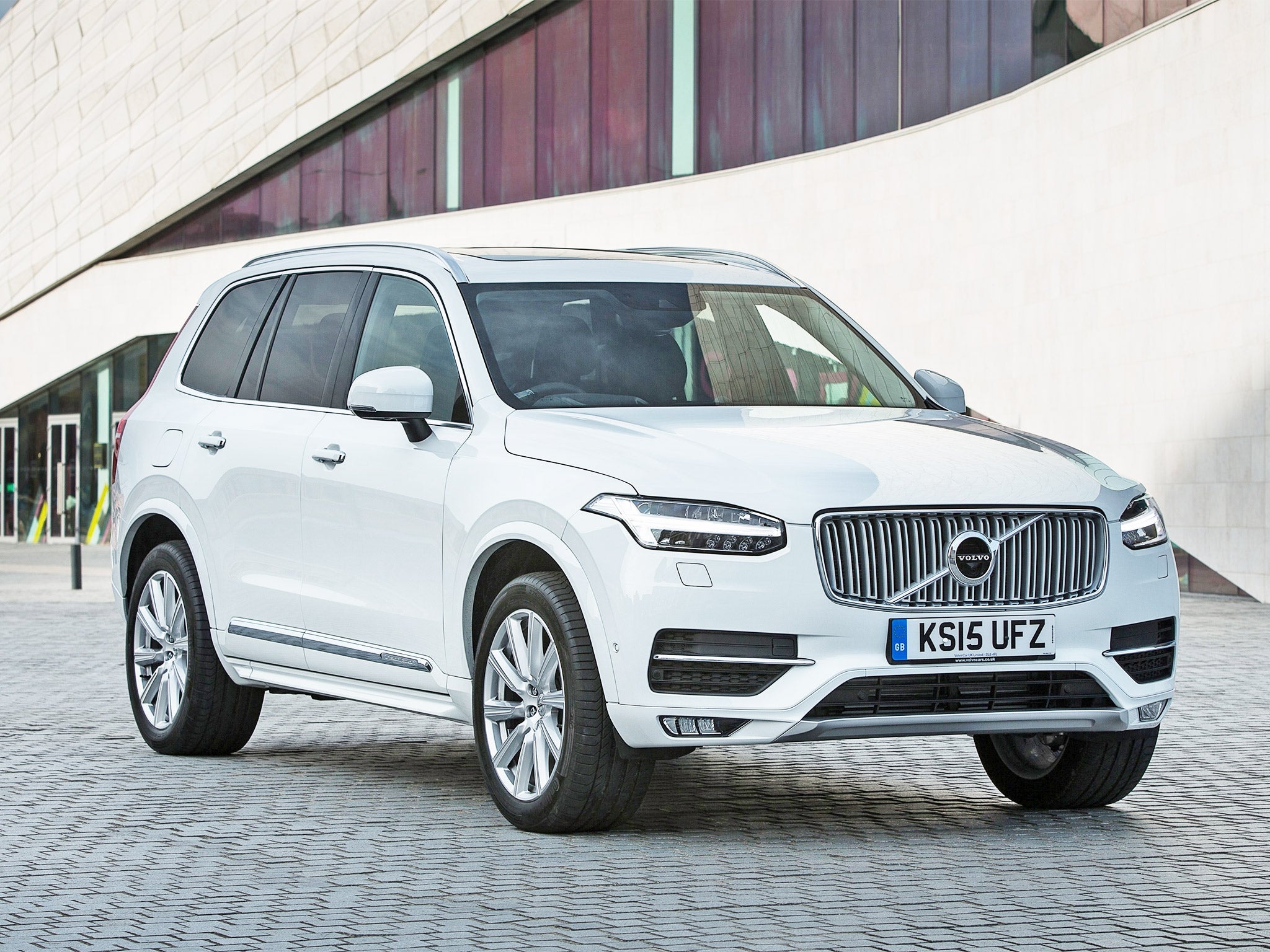Volvo XC90 T6, motoring review: There's one danger even this safety-first car can't remove
This latest model comes with pretty much every safety feature you can imagine ... but you can override all of them

Your support helps us to tell the story
From reproductive rights to climate change to Big Tech, The Independent is on the ground when the story is developing. Whether it's investigating the financials of Elon Musk's pro-Trump PAC or producing our latest documentary, 'The A Word', which shines a light on the American women fighting for reproductive rights, we know how important it is to parse out the facts from the messaging.
At such a critical moment in US history, we need reporters on the ground. Your donation allows us to keep sending journalists to speak to both sides of the story.
The Independent is trusted by Americans across the entire political spectrum. And unlike many other quality news outlets, we choose not to lock Americans out of our reporting and analysis with paywalls. We believe quality journalism should be available to everyone, paid for by those who can afford it.
Your support makes all the difference.Price: £49,205
Engine capacity: 2.0-litre 4 cyl, petrol
Power output (bhp @ rpm): 316 @ 5,700
Top speed (MPH): 143
Fuel economy (MPG): 36.7
CO2 emissions (G/KM): 179
As grand ambitions go, Volvo has a pretty big one. By 2020 the Chinese-owned Swedish firm doesn't want a single person to die in one of its cars. That's right, it has set itself the ambitious goal of eliminating death in all of its new cars in just five years' time.
It would be easy to dismiss this as a bold but unattainable Scandinavian dream, but this is the car company that invented the seatbelt and introduced the airbag (it charged no patent for the former, effectively gifting it to the world).
That's why the latest XC90 seven-seat SUV, which I've just spent a week cruising around in, is important – more important than a luxury, if alternative, Range Rover rival might at first appear. Because the XC90 is the first all-new Volvo model since that safety pledge was made last year and it uses the firm's new scalable platform, which means the developments we see here are likely to cascade down from this £50,000 luxury beast to smaller and more affordable Volvos over the next few years.
So while the XC90 is an excellent car, with a refined ride and some of the best car entertainment software I've seen in a while, what's really interesting is its safety kit. It comes with pretty much every safety feature you can imagine, plus a score of others you have never thought of.
What, then, might we expect to see in future Volvos? For a start, more use of steel instead of aluminium, which in the XC90 makes it five times stronger, reducing the forces on your spine if you end up binning it and ending up at the bottom of a frozen fjord.
Volvo knows this because it has crashed more than 100 XC90s already – one at 50mph into a ditch and one in a dust-up with a 500kg rubber moose. My test model also came fitted with some clever driving assistance systems, including lane departure warning and intervention (the wheel vibrates and corrects if you move out of lane on the motorway), speed warnings and adaptive cruise control. It even has cameras scanning the road for pedestrians and cyclists, warning the driver if a collision is likely and pre-charging the brakes for an instant response.
I did, though, discover one worrying fault: me. You see, if you smash your foot down to overtake a tractor (or because you are an idiot), you can override all of the cars clever safety features. Which confirms what I've always feared; most of the time it's the driver we need to worry about, not the car. They are getting more clever which each new model. We are not.
Join our commenting forum
Join thought-provoking conversations, follow other Independent readers and see their replies
Comments